Interest Free Financing Up To 36 Months
WE DO NOT ONLY PUMP YOUR TANK - WE CLEAN IT!
Multiple Financing Options Are Available Up To 36 Months
Interest Free Financing Up To 36 Months
WE DO NOT ONLY PUMP YOUR TANK - WE CLEAN IT!
Multiple Financing Options Are Available Up To 36 Months
In the world of septic systems, the drain field, also known as the leach field, plays a crucial role in treating and dispersing wastewater. Proper maintenance, including regular septic tank pumping, is essential to keep this system functioning effectively. The efficiency and longevity of a drain field is greatly affected by the materials used in its construction.
In this blog post, our professionals from Septic Blue of Raleigh will explore the various materials used in drain fields and why they are essential for a healthy septic system.
Before delving into the materials, it's important to understand the function of a drain field. Upon completion of treatment in the septic tank, wastewater is directed to the drain field for additional purification. This procedure entails the elimination of harmful bacteria, nutrients, and other contaminants as the water percolates through the soil. A well-designed drain field, along with routine septic tank cleaning, ensures that treated wastewater is safely returned to the environment.
A variety of materials are used in constructing drain fields, each serving a specific purpose. The selection of materials may be contingent upon the type of septic system, soil conditions, and local regulations.
While traditional materials like gravel and stone are still widely used, modern innovations have introduced alternative materials that offer enhanced performance and durability.
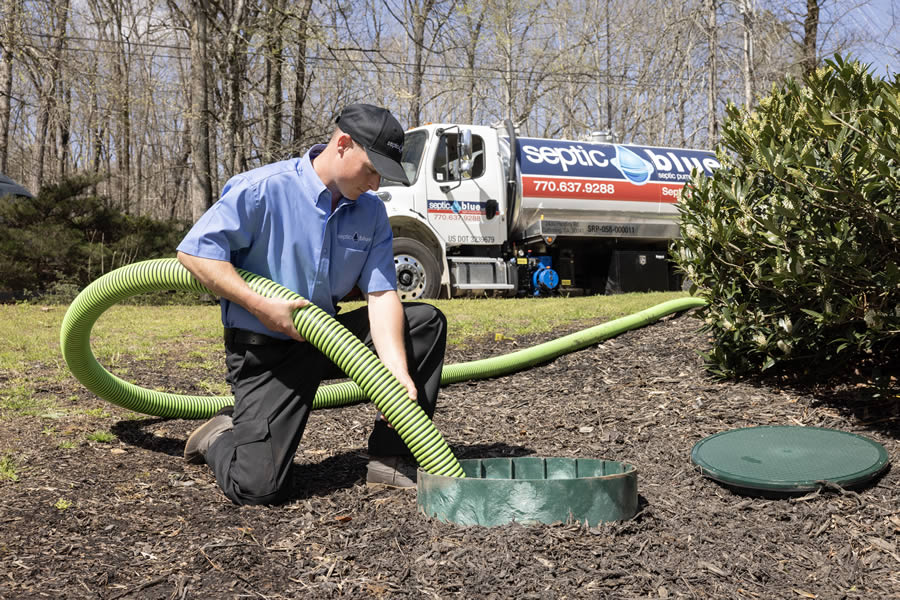
Septic tank pumping in Raleigh has never been so affordable and accessible thanks to the professionals at Septic Blue. We are…
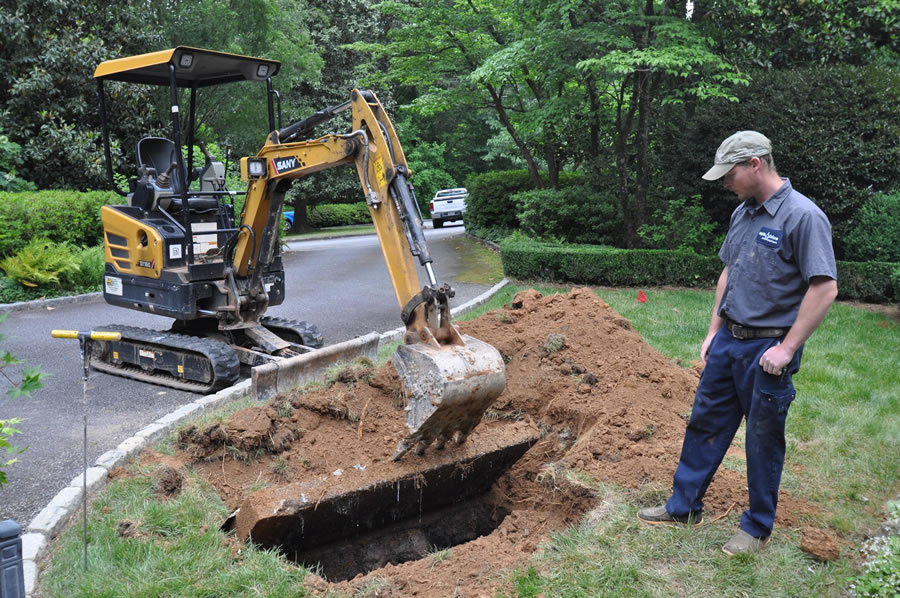
One quarter of Americans rely on septic tanks to process household waste. Most Septic Blue locations have septic tank experts who…
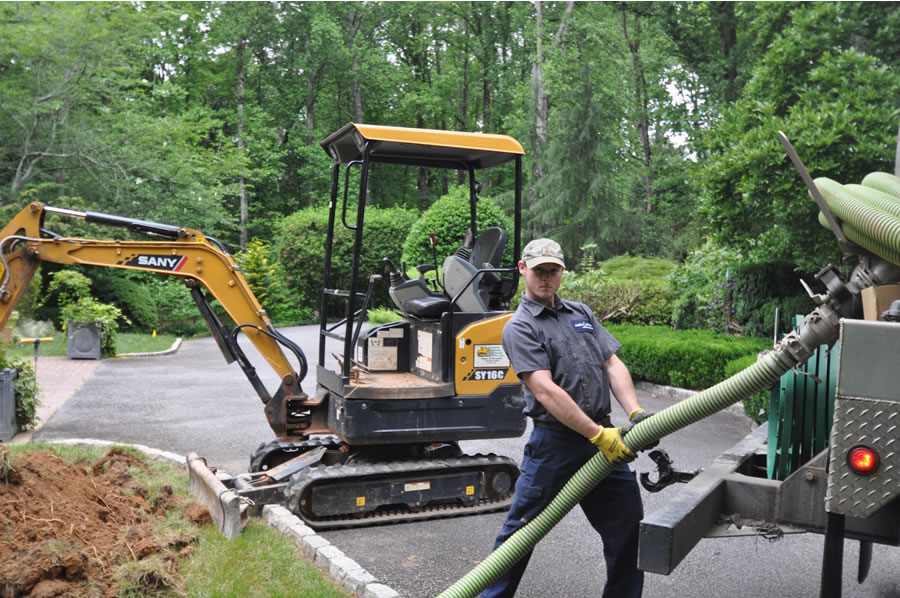
Call Septic Blue today for a second opinion. If you choose to go with Septic Blue, you'll receive $250 off your…
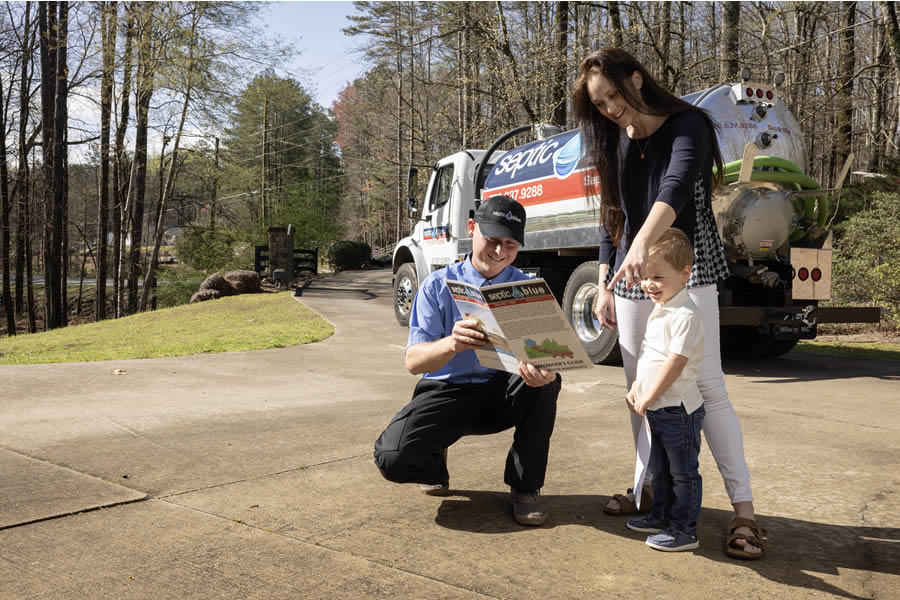
If you are a homeowner or resident in Raleigh that is among the 20 percent of households in the U.S. with…
Professional Saptic Plumbing solutions for every need. Contact Us Today!
Are you in need of a septic tank installation? Luckily, we at Septic Blue of Raleigh have dedicated workers ready at your service. Contact our representatives for more questions.
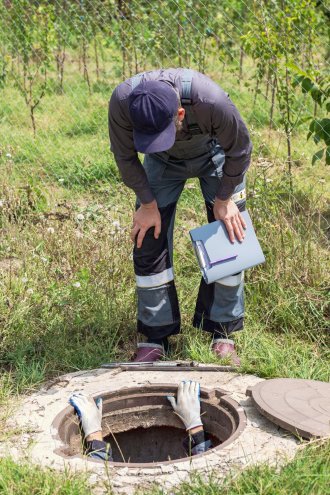
If you’ve ever heard a strange gurgling or bubbling sound coming from your sinks, toilets, or drains, it might be more…
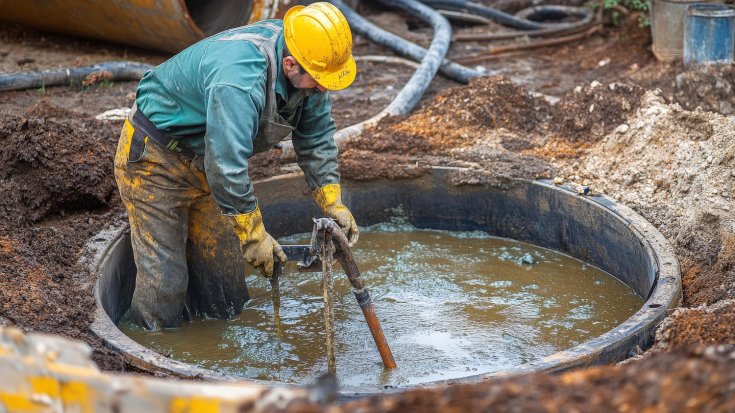
A septic backup is one of the most unpleasant and stressful issues a homeowner can experience. It occurs when wastewater from…

Many homeowners rarely think about what happens after they flush the toilet or drain the sink. Yet, the health of your…
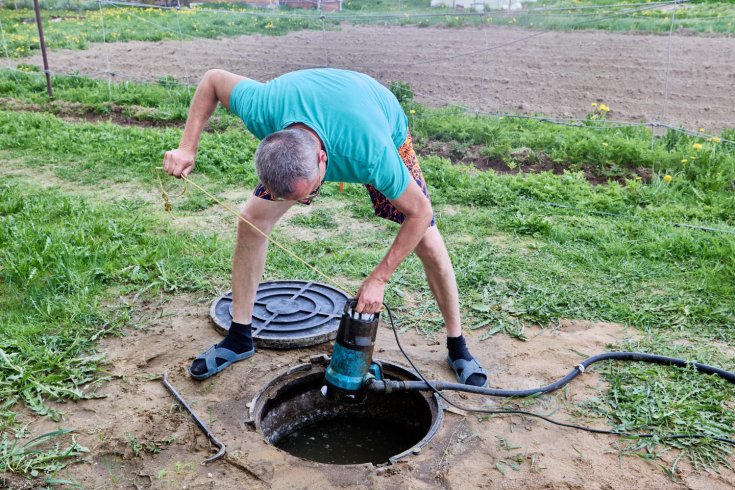
Your septic system plays a crucial role in managing your home’s wastewater efficiently. When it’s working properly, you barely notice it.…